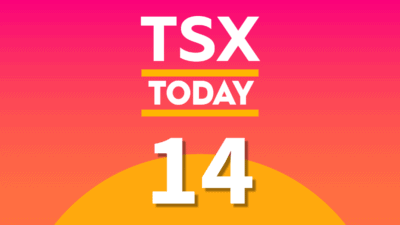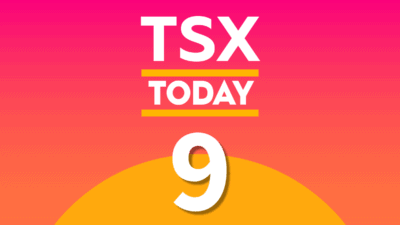Potash Corporation of Saskatchewan Inc. (TSX:POT)(NYSE:POT) released third-quarter earnings on October 27. Here’s the good, the bad, and the ugly.
The good
Potash Corporation experienced record sales volumes while staying profitable. Profits came in at $81 million.
The company’s management team is also bullish on the future. CEO Jochen Tilk said that improved market fundamentals should see rising potash demand going forward.
“After evaluating fundamentals in each of our key markets, we expect rising potash consumption and the need to replenish inventories,” said Tilk.
The company is also looking to become less dependent on the market swings of raw commodities as a result of its merger with Agrium Inc. (TSX:AGU)(NYSE:AGU).
With each firm having a market cap of nearly $20 billion, it’s not often that the market sees a merger of this size. Magnitude hasn’t stopped Wall Street analysts from fawning over the deal. Edward Jones analyst Dan Sherman is bullish on both the merger and the long-term price potential of potash. Combining their purchasing power could provide sizable synergies in a commoditized market.
“If you believe potash prices are stabilizing,” wrote Sherman, “they’re sitting at the bargaining table in about equal positions.”
The bad
The company had record sales volumes, but weaker prices for its three major fertilizer products forced sales to fall to $1.1 billion from $1.5 billion. And while the company maintained profitability, profits of $81 million ($0.10 per share) plummeted from $282 million ($0.34 per share) from a year earlier.
Potash prices have rebounded over 10% from its lows, but at just $150 per tonne, prices are still down about 40% from a year ago.
The ugly
Without the Agrium merger, Potash Corporation will be in big trouble.
For example, potash prices (its main nutrient) have fallen more than 80% since 2008. Average realized prices last quarter were roughly US$15o per tonne versus $275 per tonne a year ago. In 2008 the company logged prices of over $900 a tonne. Potash Corporation has seen three straight years of declining sales and income, which forced the company to slash its dividend twice this year.
The incentives for a merger are clearly high for Potash Corporation. No wonder it tried (unsuccessfully) to launch a hostile bid for K&S AG last year.
The merger, however, is not a done deal yet.
Earlier this year, the U.S. Department of Justice sued to stop Deere & Company from buying Monsanto Company’s Precision Planting farm equipment business. Regulatory pressures for agriculture mergers remains high.
In September, Agricultural Producers Association of Saskatchewan president Norm Hall said, “It’s like the movie Mad Max … one company owns everything. There’s less and less competition out there. We’re being painted into a box because of corporate greed.” His group plans to protest any potential deal and other North American trade groups are planning on doing the same.
Potash Corporation’s management is painting a rosy future, but without Agrium, ugly troubles loom.








